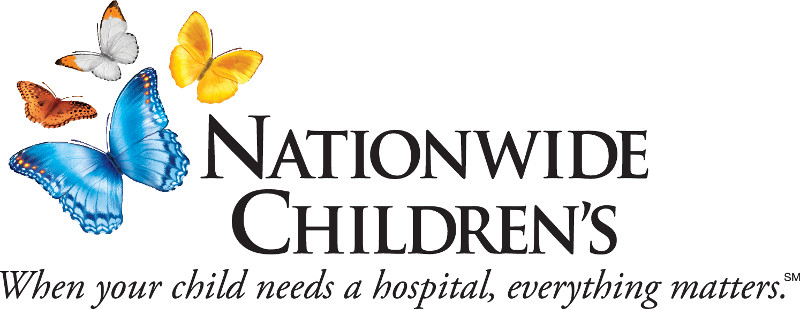Newswise — With government figures estimating 30 percent of all U.S. children are overweight or at risk for being too heavy, there is a necessity for innovative new strategies to prevent these young people from becoming overweight or obese adults. New research being presented today at the American Academy of Pediatrics' (AAP) Annual Meeting meets this growing challenge through the introduction of a first-of-its-kind computerized nutritional tool known as the SnackwiseSM Nutrition Rating System.
Developed by researchers at the Columbus Children's Hospital's Borden Center for Nutrition and Wellness, SnackwiseSM will soon be broadly available to schools around the country for addressing the specific nutritional needs of children ages 5 and up. In particular, the innovative computer software program will allow school officials to determine and color assign a specific nutritional value to the range of foods commonly available to students from vending machines, a la carte lunch lines or school stores.
"SnackwiseSM arms young people with an easy-to-use system that leads to hassle-free nutritional decisions—information that we hope will carry over to adulthood," said Kristi Houser, M.S., R.D., research dietitian, Borden Center for Nutrition and Wellness. "The response has been so positive that we're planning on developing a version for toddlers, as well as direct the technology to grocery store snack foods."
To use the computer program, school officials simply input 10 key components posted on the nutritional label of the food packaging. The program automatically computes the points and assigns the appropriate rating to the snack foods (ratings for the top 100 most common snack foods found in a vending machine have already been computed in the program). Schools can then color code the snacks in the machine by sections, or devote entire machines to healthy options. The rating system means schools can be assured they are providing their students with highly nutritious snack food options, while retaining the financial benefits of vending machines.
"Columbus Children's Hospital is in the process of changing its vending machines as well as developing green machines containing only healthy food choices, as well as non-food choices especially for children." said Houser. "The Borden Center at Columbus Children's is also embarking on a study to evaluate marketing strategies of the new system to assist schools."
SnackwiseSM works by evaluating 10 components that represent major nutritional concerns for American children: total energy, total and saturated fats, fiber, sugars, protein, calcium, iron and vitamins A and C. Through a system of assigned points for each of these 10 components—adding or subtracting based on whether the component makes a positive or negative contribution—each food is assigned a total point value which translates into an easy-to-follow color-coding chart. Foods with the least amount of points were deemed least nutritious and assigned the color red to signify foods that should rarely be chosen. For snack foods that received the highest amount of points, or rated most nutritious, the color green was used to indicate that they are the best choices. Snack foods receiving points in the middle of the range (for being moderately nutritious) were assigned yellow to remind children to choose those snacks occasionally.
School officials looking for more information on the SnackwiseSM, or interested in purchasing a kit (containing the software program, point-of-sale, stickers, press release and parent letter) can visit http://www.snackwise.org.
Columbus Children's ranks among the top 10 in National Institutes of Health research awards and grants to freestanding children's hospitals in the country and houses the Department of Pediatrics of The Ohio State University College of Medicine and Public Health. With nearly 600,000 patient visits each year, Children's Hospital is a 112-year-old pediatric healthcare network treating newborns through age 21. In 2003, the Columbus Children's Research Institute conducted more than 300 research projects and is the home of Centers of Emphasis encompassing gene therapy; molecular and human genetics; vaccines and immunity; childhood cancer; cell and vascular biology; developmental pharmacology and toxicology; injury research and policy; biopathology; microbial pathogenesis; and biobehavioral health. Pediatric Clinical Trials International (PCTI), a site management organization affiliated with the hospital, also coordinated more than 50 clinical trials. In addition to having one of the largest ambulatory programs in the country, Children's offers specialty programs and services. More than 75,000 consumers receive health and wellness education each year and affiliation agreements with nearly 100 institutions allow more than 1,700 students and 500 residents to receive training at Children's annually. More information on Children's Hospital of Columbus is available by calling (614) 722-KIDS (5437) or through the hospital's Web site at http://www.columbuschildrens.com.
MEDIA CONTACT
Register for reporter access to contact detailsCITATIONS
American Academy of Pediatrics National Conference and Exhibition
